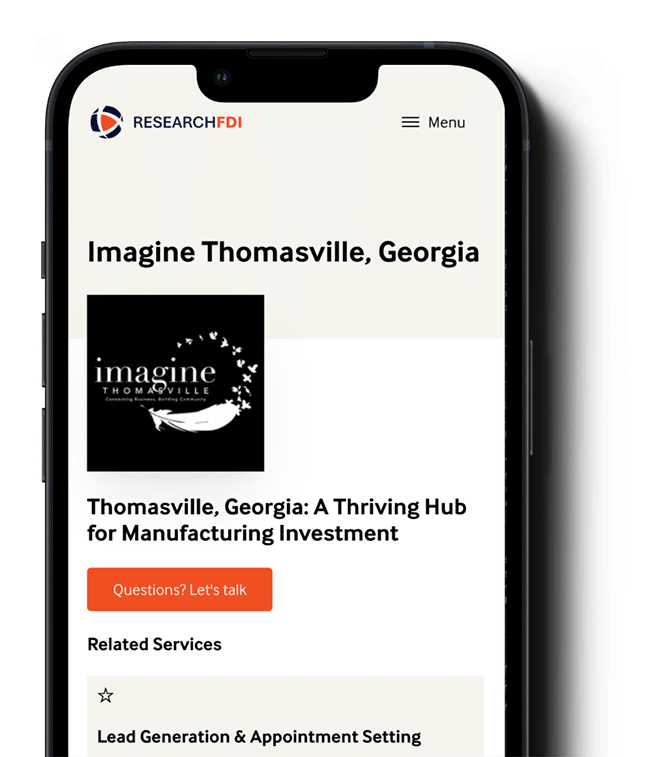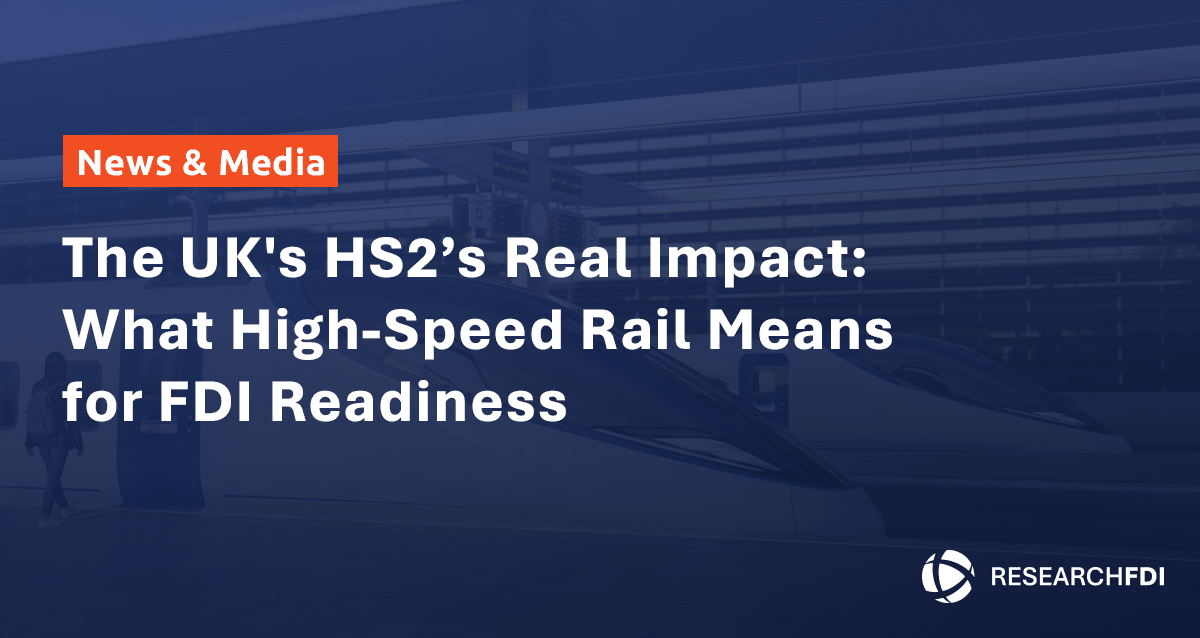Smart stuff is everywhere: your thermostat, your watch, your phone (obviously), even your mirror’s got digital brains nowadays. So, smart highways? They’re not just inevitable; they’re here, and they’re about to shift economic development into high gear.
These next-generation roads are truly impressive. They’re packed with sensors that help eliminate traffic jams, fix in-road cracks and potholes, and have the potential to turn boring routes into economic powerhouses.
Smart highways and roads are disrupters of the construction industry – an innovation that powers efficiency and lures businesses like moths to a flame (or rubber tires to an asphalt road…)
But this isn’t about fixing roads, it’s about building wealth.
Today, smart highways could slash shipping costs, juice up logistics, and pump millions into local economies—rural or urban, it doesn’t matter. They’re not just roads of the future; they’re growth machines, creating jobs and growing capital with every kilometer.
For economic development leaders, urban planners, and policymakers, this is the future crashing into the present—a chance to turn asphalt and concrete into goldmines.
What Are Smart Highways?
Smart highways aren’t your typical stretch of road, they’re the backbone of tomorrow’s economy, stitched together with tech.
At their core, these smart roads are intelligent transportation systems, fusing sensors, artificial intelligence, and real-time data to keep traffic flowing, roads intact, and regions thriving. Think of them as highways with a brain: they spot jams before they start, tweak lanes on the fly, and even chat with cars through vehicle-to-infrastructure (V2I) tech. This isn’t just about getting from A to B anymore, it’s about getting there smarter.
The magic lies in smart road technology. Self-healing concrete patches cracks overnight, shrugging off wear and tear. Embedded solar panels juice up electric rigs, while dynamic signs reroute freight to dodge delays. It’s a system that doesn’t just react, it anticipates, slashing fuel waste and shaving minutes off deliveries. And sustainability? These roads deliver on that front, with designs that cut emissions and lean green, making them as kind to the planet as they are to budgets.
Why care? Because sustainable road networks like these scream opportunity. A highway that trims logistics costs or powers a zero-carbon fleet isn’t just infrastructure—it’s an economic lure, whispering to manufacturers, shippers, and tech firms, “Set up shop here.” Smart highways turn mundane miles into a competitive edge, promising smoother supply chains and fatter bottom lines. They’re complex, sure—layers of innovation stacked on asphalt—but their payoff is simple: they move goods, people, and money faster. That’s the starting line for growth.
How Smart Roads Can DRIVE Economic Development
Smart highways don’t just move trucks—they have the potential to move economies.
The global smart roads market, pegged at $1.84 billion in 2024, is set to explode to $140.5 billion by 2030. That’s not just a pile of cash for tech firms; it’s a flood of opportunity for regions ready to explore it. It’s a beacon for logistics FDI, promising hubs, and jobs where smart highways hum the loudest. These next generation roads are rewriting the rules of economic development, turning ribbons of asphalt into highways of prosperity and possibilities.
Here’s how it works: smarter roads mean faster goods—less gridlock, more hustle. A highway that cuts shipping delays by 20% doesn’t just save time; it pours fuel into supply chains, letting manufacturers hit markets quicker and retailers restock on a dime. That efficiency’s a siren song for businesses, from logistics kings to rural startups, planting warehouses and jobs where the pavement shines smartest. The ripple’s real: every dollar spent on these economic development highways could unlock billions in trade and GDP, as that $7.55 billion market boom hints.
It’s about edge, too. Regions with smart highways—self-healing, sensor-packed, or solar-lit—can dominate. Ports like Rotterdam already bank on smart tech to stay global champs; now, any stretch of road can play that game. Economic development isn’t waiting for smart roads—it’s riding them, full throttle, into a future where connectivity means cash.
Smart highways weave efficiency into growth, threading jobs, investment, and can cut through every mile and the market seems ready for it: from $1.84 billion to $140.5 billion, the stakes are rising. The question’s yours—will your region tap this stream or let it rush past?
Cities Already Using Smart Highways and Roads as of 2025
Smart highways aren’t a pipe dream waiting in the wings; they’re already here, and cities in 2025 are cashing in. From trade juggernauts to green pioneers, these smart roads are proving their worth, driving economic development with every mile.
Here’s who’s paving the way:
Singapore: Trade Efficiency on Overdrive
Singapore’s smart highways roar with electronic road pricing and real-time traffic systems. The mission? Keep goods moving in a city that’s a global trade titan. Sensors and AI juggle tolls and lanes, slicing delays that once cost $40 million a year.
Key Outcomes: Shippers save millions annually, bolstering Singapore’s $400 billion trade economy and cementing its status as Asia’s logistics hub.
Copenhagen: Green Livability, Green Dollars
Copenhagen bets on smart signals for bikes and buses, chasing a bold 75% non-car trip goal by 2025. Why? To boost livability and snag eco-friendly firms. Adaptive lights sync with flow, cutting commutes and carbon alike. Smart highways here turn pedals into profit as sustainable startups swarm.
Key Outcomes: Clean-tech jobs surge—over 5,000 projected by 2025—fueling a $2 billion green sector that draws global investors.
Tel Aviv: Electric Roads, Tech Magnet
Tel Aviv’s got ElectReon’s electric roads, charging buses mid-roll. The aim’s clear: hack logistics costs in a tech-hot hub. Wireless coils under the asphalt power fleets, ditching fuel bills and downtime. These smart roads don’t just charge vehicles; they charge up growth.
Key Outcomes: Logistics savings and tech FDI—up $100 million since 2024—supercharge Tel Aviv’s $50 billion innovation economy.
These trailblazers show that smart highways aren’t a fad—they’re economic muscle. Whether it’s trade, jobs, or investment, they’re flipping asphalt into opportunity, one city at a time.
Sustainable Road Networks: The Green Advantage
Smart highways don’t just roll—they go green too.
Sustainable road networks weave eco-smarts into every mile—EV charging lanes, emission-slashing sensors, solar-powered strips—and the planet’s not the only winner. Smart transportation’s green edge is a siren call to forward-thinking firms, and it’s ringing loud in 2025.
Start with the perks: electric vehicle chargers baked into asphalt juice up fleets without a pit stop, ditching gas guzzlers. Dynamic signals cut idle time, trimming carbon by up to 20% on busy stretches—real data from Copenhagen’s playbook. Solar panels underfoot power lights or nearby hubs, shrinking the grid’s load. It’s not tree-hugging fluff; it’s efficiency with a halo, and businesses notice.
Investors—especially the sustainability crowd—are intrigued. A road that powers a zero-carbon logistics base or fuels Tel Aviv’s electric bus boom screams “future-proof” to green-tech players. Companies like Rivian or wind-farm builders chase regions where eco-friendliness meets profit, creating jobs and capital in their wake. It’s a vibe shift: smart transportation doesn’t just cut emissions—it cuts checks, pulling in firms that bet big on tomorrow.
ResearchFDI: Your Partner in Unlocking Economic Development
Smart highways are a spark—but economic development is the fire, and ResearchFDI knows how to fan the flames. We’re not here to sell you roads; we’re here to stack your region with jobs, capital, and clout.
Look at the West Midlands, UK. Since 2019, we’ve landed several FDI wins—Fabric Inc.’s 40 IT jobs, Shipbob’s 45-strong facility—delivering 165+ roles and counting. Smart infrastructure investment, like England’s smart motorways, only amps that up, smoothing freight and fattening GDP. We spot the firms, set the meetings, and seal the deals—smart roads or not.
Our game’s simple: economic development, full throttle. FDI365 sniffs out prospects—logistics, tech, green players—while our strategy team crafts the pitch, whether it’s a sustainable hub or a rural boom. Smart roads? They’re a turbo boost, not the engine—we’ve driven growth with or without them.
Your region’s next haul—jobs, investment, growth—is waiting. Partner with ResearchFDI to grab it. We’ll wield every tool, smart highways included, to make your economy roar.
Contact us now—let’s build your win.
The Road Ahead with ResearchFDI
Smart highways are roaring onto the scene—next generation roads that don’t just move traffic but muscle up economies. They’re slashing costs, luring investors, and creating jobs from Singapore to Thomasville. And here’s the thing: they’re not the finish line—they’re the starting gun.
Economic development isn’t about pavement, smart or not; it’s about what you build on it. Will your region ride this wave to riches, or watch it roll by?
The cities already cashing in prove the stakes: efficiency breeds opportunity, and opportunity breeds wealth. Smart highways hand you the tools, faster freight, greener grids, but the real game’s in grabbing the payoff. Jobs piling up, FDI flooding in, rural dots turning into hubs, that’s the prize. And it’s not guaranteed. Someone’s got to steer.
That’s where ResearchFDI rolls up.
We’ve stacked wins: $46 million in Thomasville, 165 jobs in the West Midlands, because we don’t wait for growth; we chase it.
Partner with us, and your region’s not just on the map…it is the map.



